
Banastón

Pictures: 20.VIII.2013, 22.III.2016


Pictures: 20.VIII.2013, 22.III.2016
| workplace | Vellino |
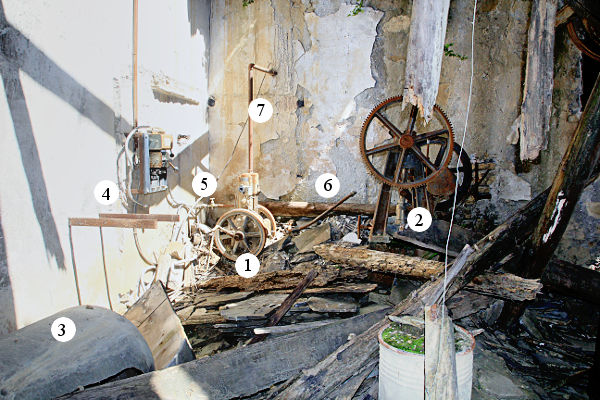

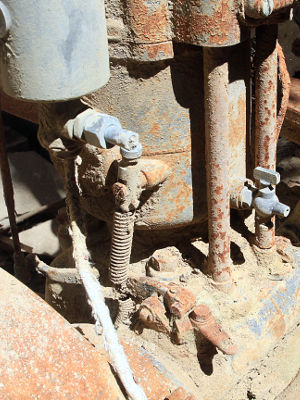

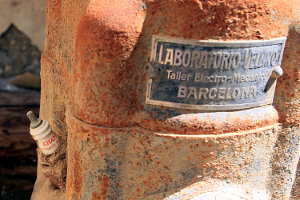
Back then batteries were in full evolution. The rechargeable lead battery was discovered in 1859 and became much better towards the end of the century. Combustion engines were not up to the task yet and because of that more than one third of all automobiles around the turn of the century were powered by batteries.
Electrical motors were faster and more powerful than combustion engines and they had a greater autonomy. Electrical cars would stay very popular during the first decade of the 20th century but that would change rapidly after the Ford-T, equipped with a reliable engine running on gasoline, reached the market.
The plan was to make 3 prototypes: a car, a truck and an omnibus for which they already had a prospective customer before anything of the project became tangible.
More powerful batteries were needed and that proved to be a particularly difficult problem. Vellino got (born in Geneva) to help but to no avail and eventually they had no other option than to fit conventional batteries. When the bus was shown to the assembled press, disaster struck as the vehicle, with Vellino at the wheel, halted almost immediately and forever. This event, together with a general strike in Cataluña, marked the end of the La Cuadra adventure.

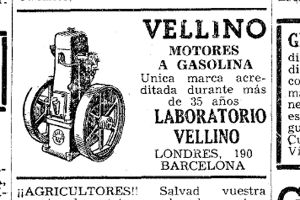
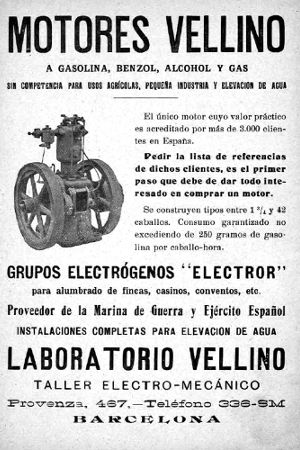
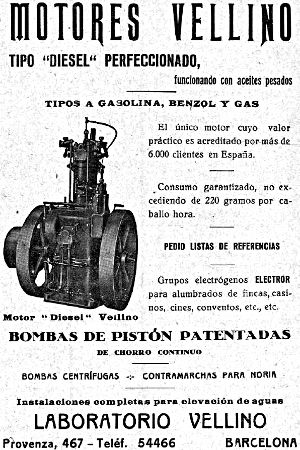
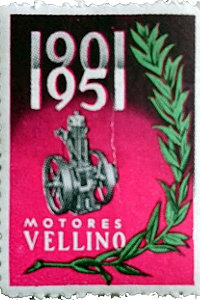
The company lived on and in 1942 the brothers Javier and Martín Sanglas would first produce Vellino engines under licence before they hit the market with their motocicleta N-1. It was the first of what would become a very famous brand.
| workplace | Vellino |